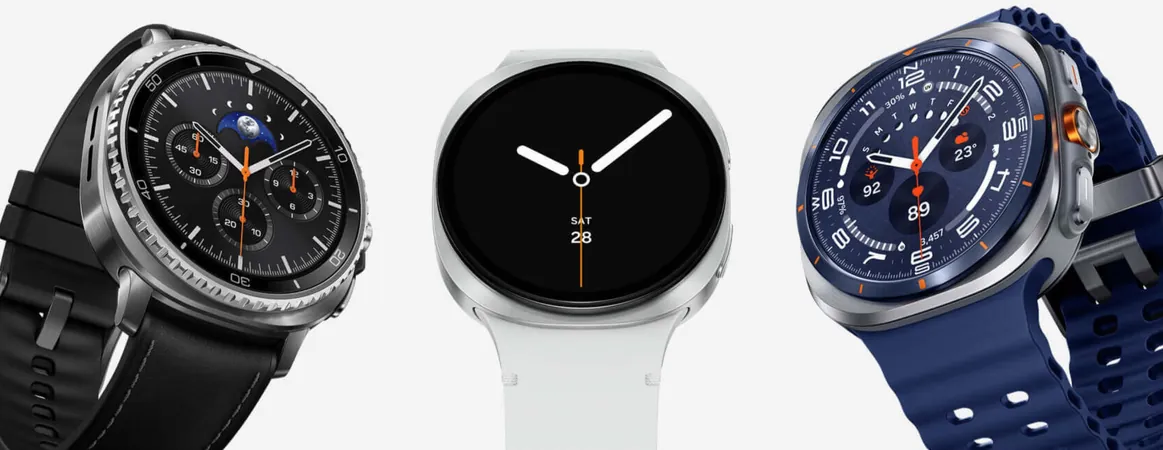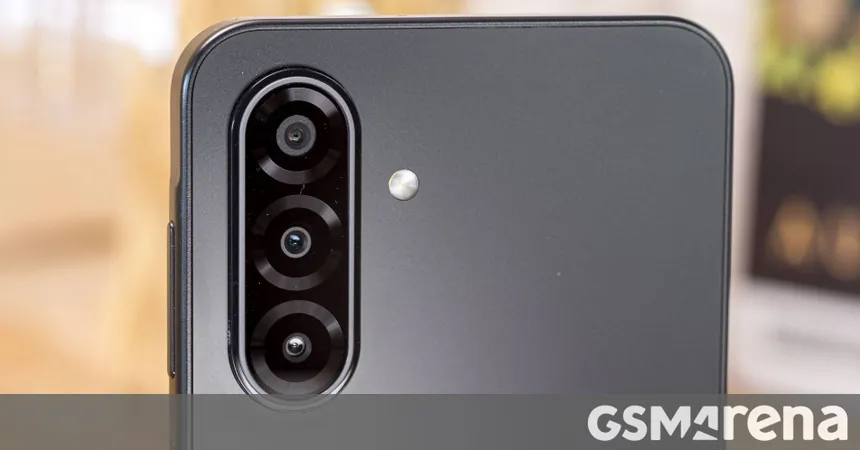
Revolutionary Imaging Tool Could Transform Hearing Loss Detection
2025-07-24
Author: Yu
A Groundbreaking Approach to Hearing Loss Diagnosis
Imagine a world where hearing loss can be detected much earlier, even before symptoms arise. Researchers at the Keck School of Medicine at the University of Southern California have taken a significant step in making this a reality by adapting an ophthalmology imaging tool for the inner ear. Their innovative study, featured in *Science Translational Medicine*, reveals how optical coherence tomography (OCT) can provide incredibly detailed images of the cochlea, potentially leading to prompt and precise diagnoses of sensorineural hearing loss.
What is Optical Coherence Tomography?
Originally designed for detecting retinal issues, OCT uses light waves to create stunning cross-sectional images of the retina by measuring how light reflects off various tissue layers. Researchers successfully modified this technology to visualize the cochlea's intricate structures, specifically focusing on the sensory epithelium, which plays a vital role in translating sound vibrations into neural signals.
Unveiling Hidden Damage in the Cochlea
Current diagnostic methods, like audiograms, only provide indirect insights into hearing abilities and lack the resolution needed to pinpoint sensory cell damage. As senior author Dr. John Oghalai puts it, "These findings are exciting because hearing loss can happen very suddenly, and we often don’t know why. OCT offers a way to explore the underlying cause and potentially guide treatment." The researchers discovered that their modified OCT could detect structural changes in the cochlea before measurable hearing loss occurs, offering a window for earlier intervention.
Real-World Application: From Lab to Patients
In their study, the team utilized this advanced OCT to image fresh human cochlear samples, allowing them to distinguish between healthy and damaged areas in individuals with varying hearing abilities. They noted that OCT revealed a marked contrast in regions associated with sensory cell loss compared to those maintaining structural integrity, suggesting a powerful tool for early detection of hearing impairments.
The Future of Hearing Loss Treatment
With millions of people worldwide suffering from sensorineural hearing loss, the implications of these findings are profound. The ability to identify cellular damage ahead of traditional testing can pave the way for targeted therapies and interventions. Moreover, this technology could transform how clinicians monitor treatment efficacy over time. The research team is now gearing up for the next phase: adapting OCT for in vivo use, potentially through the ear canal or during cochlear implant surgeries, with clinical trials on the horizon.



 Brasil (PT)
Brasil (PT)
 Canada (EN)
Canada (EN)
 Chile (ES)
Chile (ES)
 Česko (CS)
Česko (CS)
 대한민국 (KO)
대한민국 (KO)
 España (ES)
España (ES)
 France (FR)
France (FR)
 Hong Kong (EN)
Hong Kong (EN)
 Italia (IT)
Italia (IT)
 日本 (JA)
日本 (JA)
 Magyarország (HU)
Magyarország (HU)
 Norge (NO)
Norge (NO)
 Polska (PL)
Polska (PL)
 Schweiz (DE)
Schweiz (DE)
 Singapore (EN)
Singapore (EN)
 Sverige (SV)
Sverige (SV)
 Suomi (FI)
Suomi (FI)
 Türkiye (TR)
Türkiye (TR)
 الإمارات العربية المتحدة (AR)
الإمارات العربية المتحدة (AR)